Existing Customer? LOGIN HERE
Existing Customer? LOGIN HERE
GEt A FREE Vertical Video and drone on Your First Listing Shoot.
Book Photos And Get A Free Vertical Video Tour W/ Drone ($300 Value)
*Valid For First Time Customers Only
GUARANTEE YOU AND YOUR NEXT LISTING STAND OUT
TAKE ADVANTAGE OF THE LATEST TREND IN REAL ESTATE MARKETING


I had an exceptional first-time experience with Vincent! His patience, kindness, and professionalism made the photo session smooth and enjoyable. From start to finish, Vincent's attention to detail and creative eye were evident. He captured moments beautifully, creating images that truly stand out. Communication was seamless, making the entire process stress-free. I couldn't be happier with the results and look forward to working with him again in the future. I Highly recommend for anyone seeking a skilled and personable photographer.
- Pierre Louis Chavez, Real Estate Agent

Premium Listing Media
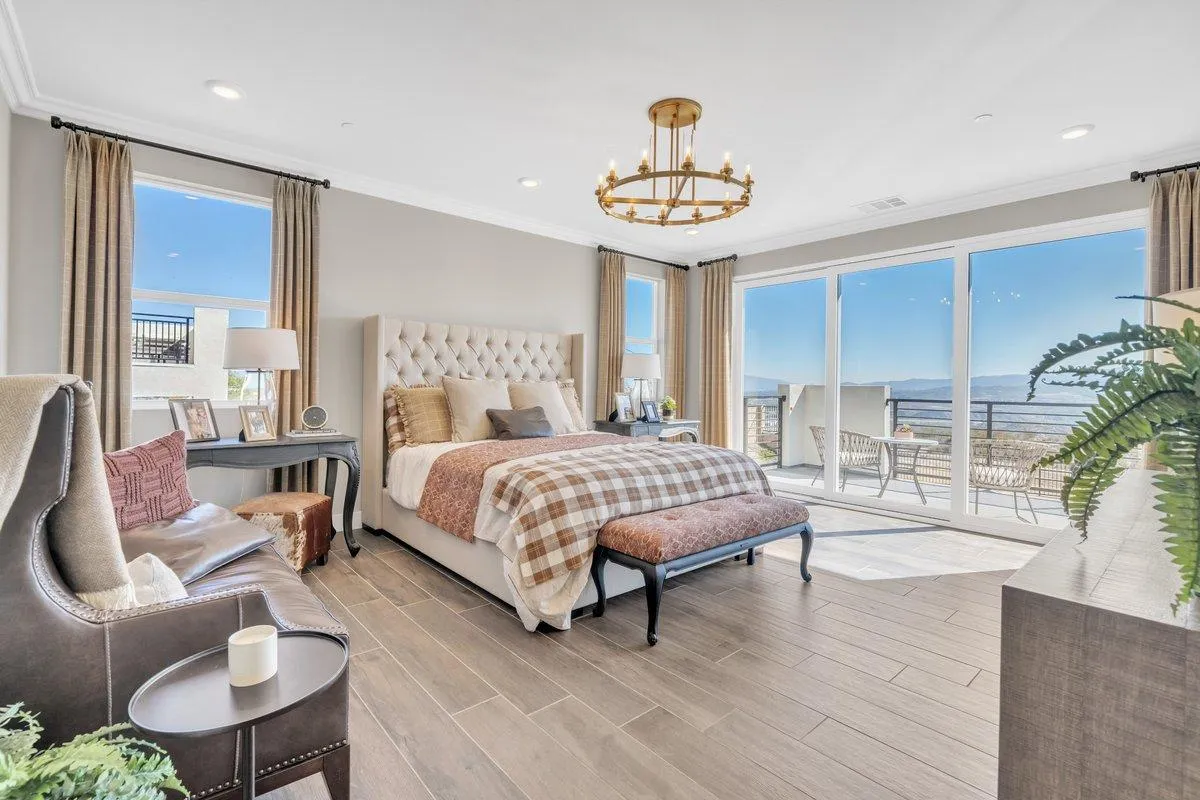
PHOTOS
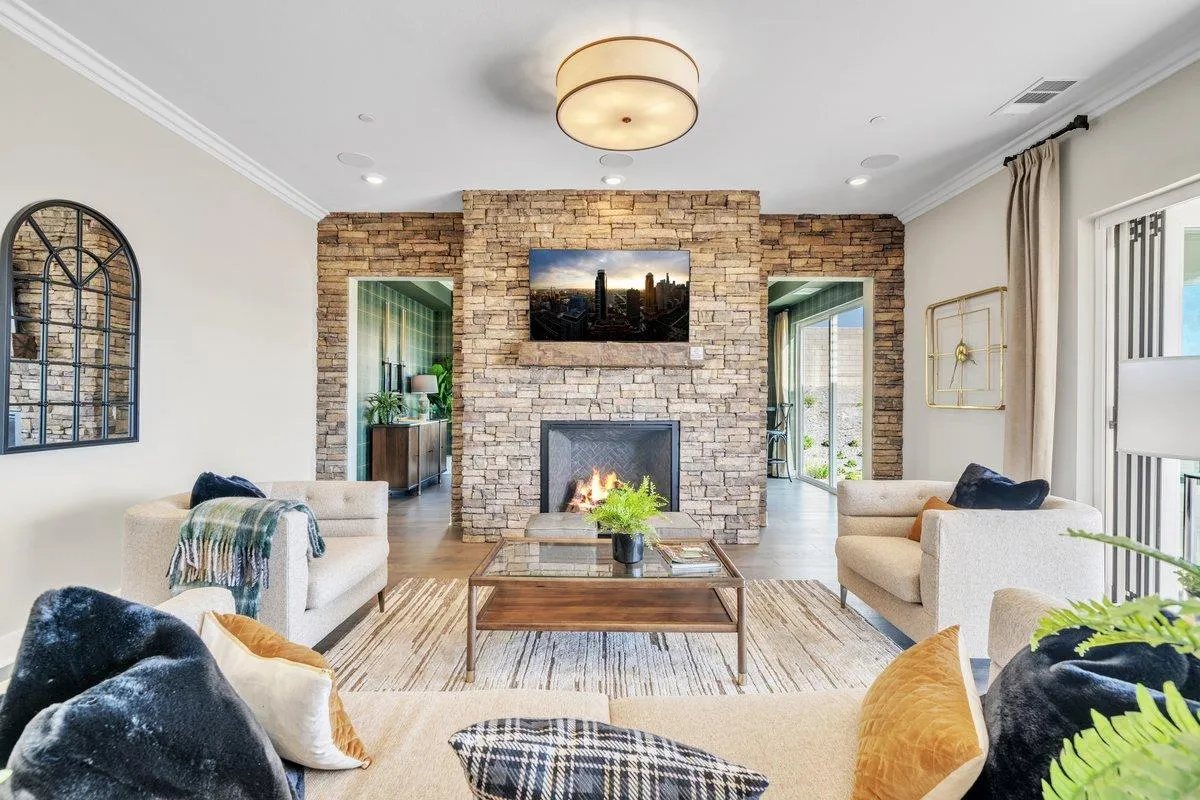
VIDEO TOURS
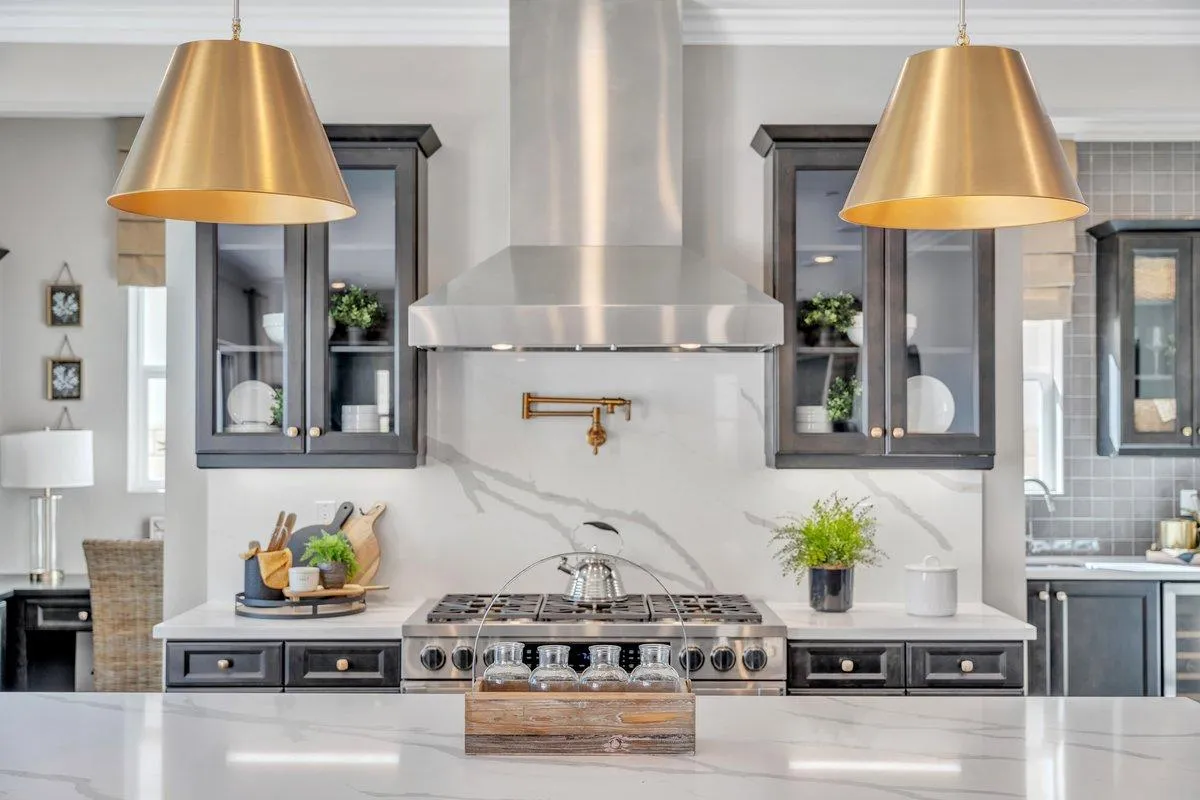
3D TOURS
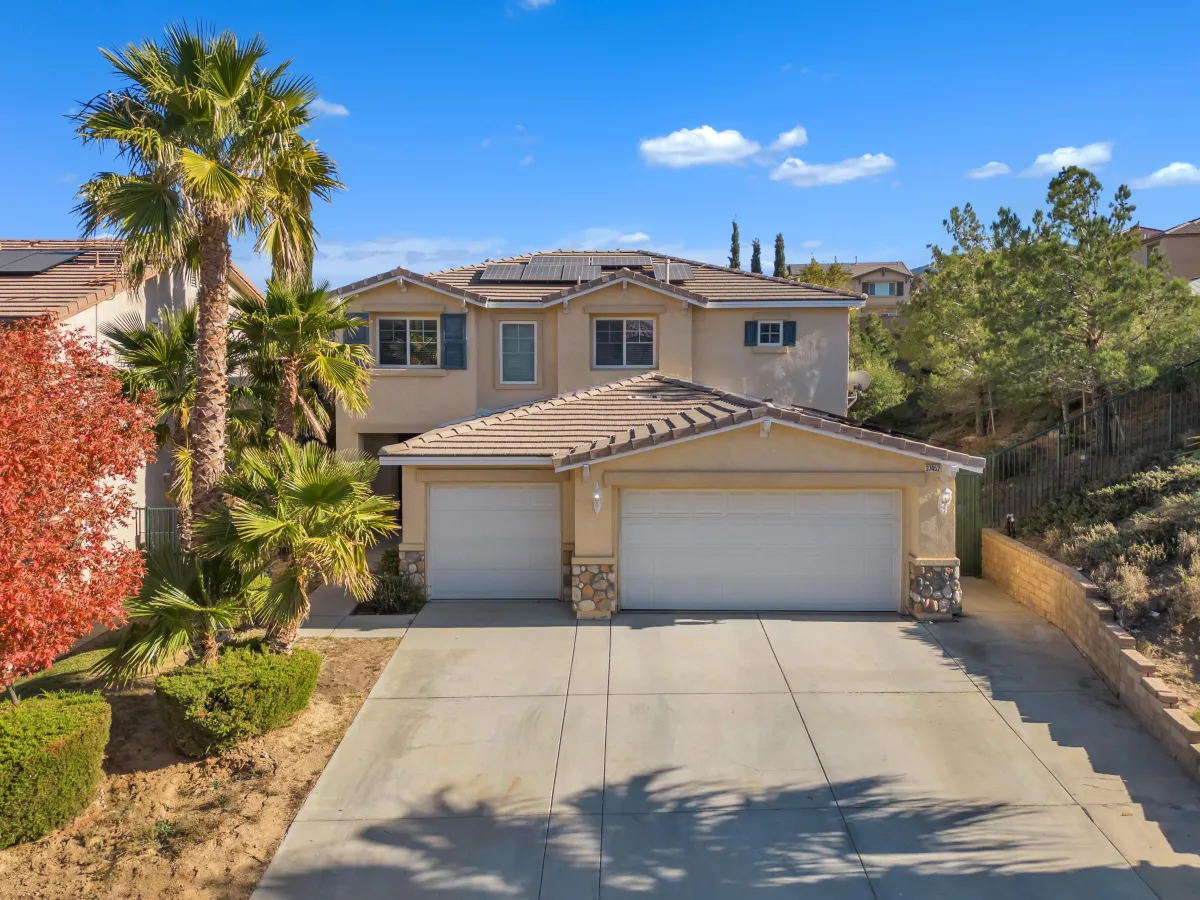
DRONE

Next Day Turnaround

Flat Rate Pricing

Quality Guaranteed

20+ 5 Star Reviews


I had an exceptional first-time experience with Vincent! His patience, kindness, and professionalism made the photo session smooth and enjoyable. From start to finish, Vincent's attention to detail and creative eye were evident. He captured moments beautifully, creating images that truly stand out. Communication was seamless, making the entire process stress-free. I couldn't be happier with the results and look forward to working with him again in the future. I Highly recommend for anyone seeking a skilled and personable photographer.
- Pierre Louis Chavez, Real Estate Agent
Not Just ANOTHER Real Estate Photography Company!
Agents work with us because we help them grow their business with:

A Bigger Brand

More Leads

Less Time Posting On Social

More Eyes On Every Listing

Quickly Sold Homes

Happy Sellers!
...Which Means More Referrals For You!
Not Just Another Real Estate Photographer
Agents work with us because we help them:

Build & Grow Their Brand

Get Leads From their Listings Media

Save Time Posting On Social

Sell Their Listings Fast

Create More Happy Sellers!
...Which Means More Referrals For You!
Our Services
Extra Section ....
semper risus in hendrerit gravida rutrum quisque non tellus orci ac auctor augue mauris augue neque gravida in fermentum et sollicitudin ac orci phasellus egestas tellus rutrum tellus pellentesque eu tincidunt tortor aliquam nulla facilisi cras fermentum odio eu feugiat
Drone
Video Tours
Photos + Videos
Our Simple Process:
01.
You Order
Simply choose one of our flat-rate content packages, enter the basic property info, and select the date & time you want us to come out to shoot your new listing!
Now you get to relax and leave it up to the pros!
02.
We Shoot & Edit
A member of our pro media team will show up right on time with a smile! After we capture everything, we'll head back to the studio & combine the awesome media with our magic sauce for a top shelf media package guaranteed to impress your client!
03.
Next Day Delivery
Our #1 goal is to ensure you get the BEST possible offer for your client as QUICKLY as possible. That's why we offer 24-hour turnarounds on all of our media packages!
Happy Client = Happy Life 🙂
04.
Get Your Listing Sold
The more interested buyers who see your professionally done photos and videos, the sooner your client gets their ideal offer! That's why we deliver done-for-you social media content with EVERY package!
Our Simple Process:
01.
You Order
Simply choose one of our flat-rate content packages, enter the basic property info, and select the date & time you want us to come out to shoot your new listing!
Now you get to relax and leave it up to the pros!
02.
We Shoot & Edit
A member of our pro media team will show up right on time with a smile! After we capture everything, we'll head back to the studio & combine the awesome media with our magic sauce for a top shelf media package guaranteed to impress your client!
03.
Next Day Delivery
Our #1 goal is to ensure you get the BEST possible offer for your client as QUICKLY as possible. That's why we offer 24-hour turnarounds on all of our media packages!
Happy Client = Happy Life 🙂
04.
Get Your Listing Sold
The more interested buyers who see your professionally done photos and videos, the sooner your client gets their ideal offer! That's why we deliver done-for-you social media content with EVERY package!
Sell Your Listings Quickly While Building Your Brand With...
Our Complete Social Marketing Kit
DFY Lead Gen Custom Listing Websites
DFY Flyer Design
DFY Social Media Posts
2D Floor Plans
HD Video Walk Through
3D Virtual Tour
Drone Photography & Videography
Virtual Twilight Photos
Virtual Staging
Zillow 3D Tour
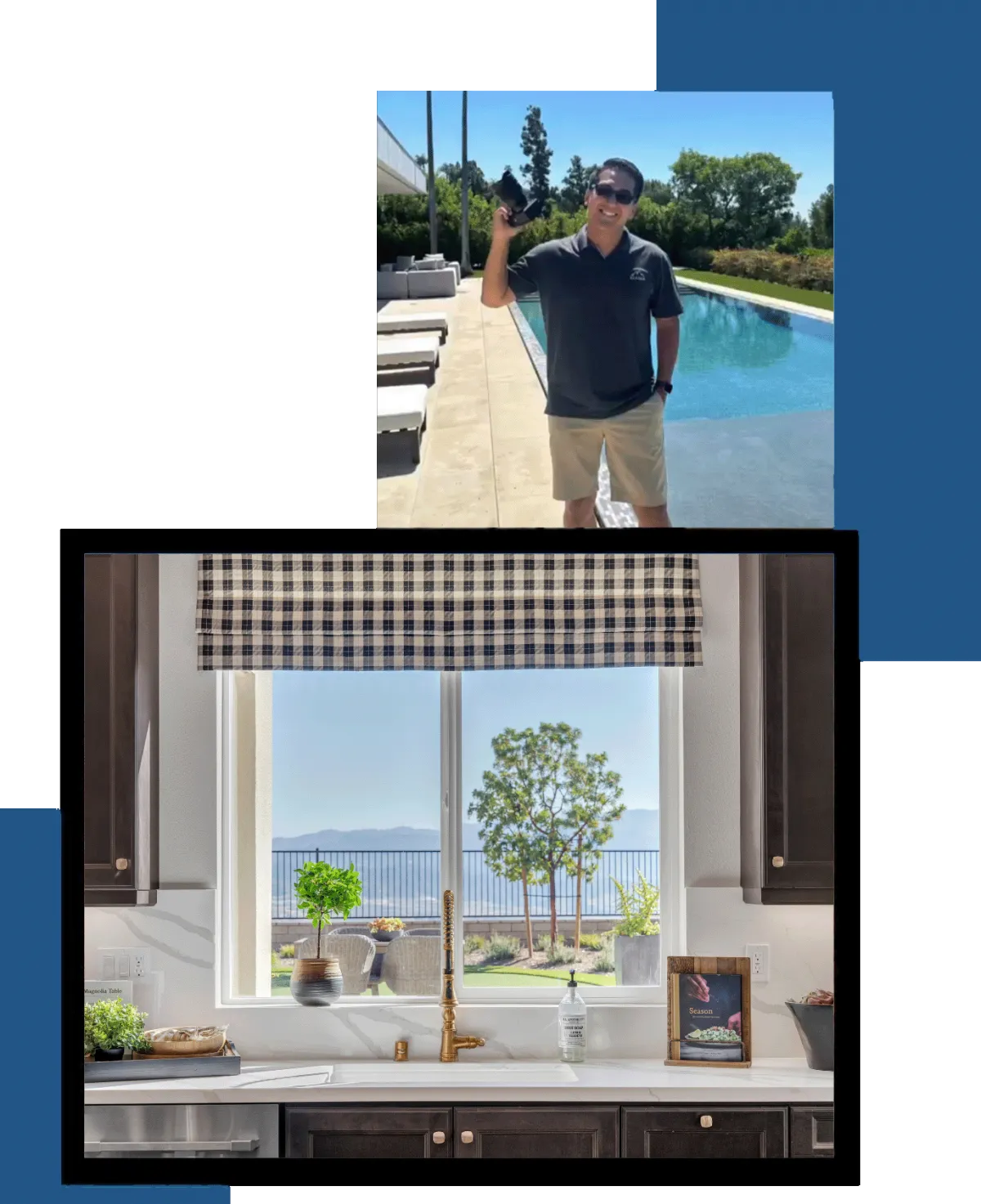
Clients Are Family To Us
Here's what they are saying...



I have used Vincent's services a few times, and he is always easy to reach, quick to respond, and always going out of his way to accommodate my client's schedules. He is a pleasure to work with, shows up on time, and respects my time and my client's property. Vincent delivers quality photographs and virtual tours and has a quick turnaround time. I highly recommend him.
Elizabeth Mitev
Real Estate Agent



I've used Vincent several times for Real Estate, and am thankful and excited about his work every time. Very easy to get into contact, schedule a shoot. He's very diligent, very easy to work with, and doesn't waste anyone's time. The tours and pictures come out bright, wide shots, exactly what I am looking for. I'm convinced that my listings got more eyes on it, and thus, sold faster because of such great virtual tours and pictures. Do not hesitate, if you're just thinking about it, try it at least once. You will not be disappointed.
Greg koffman
Real Estate Agent



I am absolutely satisfied with my experience with Vincent. I used him for my real estate listing and his work exceeded my expectation! He was punctual even though parking was a challenge. He was patient as we had a lot of rearranging to do in each room. He was personable and professional. The pictures and 360 tour turned out beautiful! I would definatly use him again and have already recommended him to my fellow realtors.
Karen Fajardo
Real Estate Agent
Clients Are Family To Us
Here's what they are saying...



I have used Vincent's services a few times, and he is always easy to reach, quick to respond, and always going out of his way to accommodate my client's schedules. He is a pleasure to work with, shows up on time, and respects my time and my client's property. Vincent delivers quality photographs and virtual tours and has a quick turnaround time. I highly recommend him.
Elizabeth Mitev
Real Estate Agent



I've used Vincent several times for Real Estate, and am thankful and excited about his work every time. Very easy to get into contact, schedule a shoot. He's very diligent, very easy to work with, and doesn't waste anyone's time. The tours and pictures come out bright, wide shots, exactly what I am looking for. I'm convinced that my listings got more eyes on it, and thus, sold faster because of such great virtual tours and pictures. Do not hesitate, if you're just thinking about it, try it at least once. You will not be disappointed.
Greg Koffman
Real Estate Agent



I am absolutely satisfied with my experience with Vincent. I used him for my real estate listing and his work exceeded my expectation! He was punctual even though parking was a challenge. He was patient as we had a lot of rearranging to do in each room. He was personable and professional. The pictures and 360 tour turned out beautiful! I would definatly use him again and have already recommended him to my fellow realtors.
Karen Fajardo
Real Estate Agent
TRUSTED BY:





About Virtual View Tours
We are on a mission to help Full-Time Real Estate Agents quickly and effectively grow their business. We do this through leveraging every new listing to the MAX by capturing high quality content and delivering it to the agent completely ready to post online with numerous pieces of content, on multiple social media platforms, at the touch of a button!
About Virtual View Tours
We are on a mission to help Full-Time Real Estate Agents quickly and effectively grow their business. We do this through leveraging every new listing to the MAX by capturing high quality content and delivering it to the agent completely ready to post online with numerous pieces of content, on multiple social media platforms, at the touch of a button!




